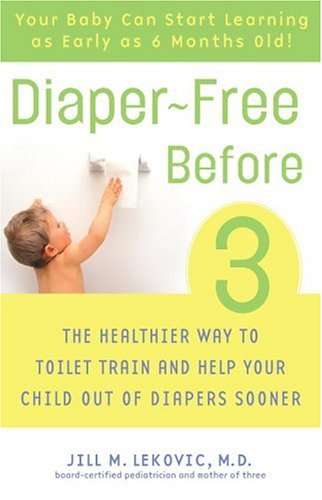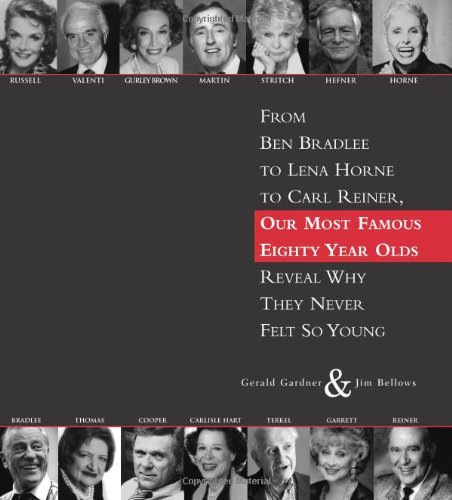The Age of Unreason Review

The Age of Unreason Review

A comparison of how parents cope with child's cognitive disabilities at different age ranges. Review

Home on the Range (Little Golden Book) Review

The Baby Book: Everything You Need to Know About Your Baby from Birth to Age Two (Revised and Updated Edition) Review

A Night on the Range Review

Pandora's Box: Social and Professional Issues of the Information Age Review

Using case studies and discussion topics drawn from entertaining real world examples, Pandora’s Box examines the background of a wide range of vital contemporary issues, encouraging readers to examine the social, legal and ethical challenges they will face in their own careers.
Written in an engaging style and packed with international examples, this book addresses topics which have come to the forefront of public consciousness in recent years, such as online crime, piracy and peer to peer file sharing. Comprehensive coverage is provided of digital entertainment, censorship and privacy issues, presenting a rich source of context in which to consider ethical matters.
Suitable for students on computer science degree programmes, as well as those taking IT related modules on other courses which consider the impact of technology on 21st century living, Pandora’s Box is an essential read and a unique and timely textbook.
Black Woman Redefined: Dispelling Myths and Discovering Fulfillment in the Age of Michelle Obama Review

Fatherloss: How Sons of All Ages Come to Terms with the Deaths of Their Dads Review

Brain-Based Teaching in the Digital Age Review

Diaper-Free Before 3: The Healthier Way to Toilet Train and Help Your Child Out of Diapers Sooner Review

The Late Age of Print: Everyday Book Culture from Consumerism to Control Review

Ted Striphas argues that, although the production and propagation of books have undoubtedly entered a new phase, printed works are still very much a part of our everyday lives. With examples from trade journals, news media, films, advertisements, and a host of other commercial and scholarly materials, Striphas tells a story of modern publishing that proves, even in a rapidly digitizing world, books are anything but dead.
From the rise of retail superstores to Oprah's phenomenal reach, Striphas tracks the methods through which the book industry has adapted (or has failed to adapt) to rapid changes in twentieth-century print culture. Barnes & Noble, Borders, and Amazon.com have established new routes of traffic in and around books, and pop sensations like Harry Potter and the Oprah Book Club have inspired the kind of brand loyalty that could only make advertisers swoon. At the same time, advances in digital technology have presented the book industry with extraordinary threats and unique opportunities.
Striphas's provocative analysis offers a counternarrative to those who either triumphantly declare the end of printed books or deeply mourn their passing. With wit and brilliant insight, he isolates the invisible processes through which books have come to mediate our social interactions and influence our habits of consumption, integrating themselves into our routines and intellects like never before.
(9/9/09)The Sharp Brains Guide to Brain Fitness: 18 Interviews with Scientists, Practical Advice, and Product Reviews, to Keep Your Brain Sharp Review

Language Acquisition: The Age Factor (2nd Edition) (Second Language Acquisition) Review

The Age of Deleveraging: Investment Strategies for a Decade of Slow Growth and Deflation Review

". . . brilliantly exposes the delusions of the bullish consensus . . . one of the sharpest thinkers on economic issues and their market implications. This is a must-read book for all."
—Nouriel Roubini,Professor of Economics
"Gary Shilling is rarer than a black swan; he's an economist who foresaw deflation. Shilling has predicted the ‘ impossible' several times in his career, so his colleagues should no longer be surprised when he turns out right."
—Robert R. Prechter Jr.,Author of Conquer the Crash
"Ignore Gary at the peril of your investment portfolio. Let him show you alternatives that will work in a world of deleveraging, deflation, and slower growth."
—John Mauldin, President, Millennium Wave Advisors
"The acid test of advice: those who followed Gary's not-always-popular advice during these turbulent times made money. This man is an original-and well worth listening to."
— Steve Forbes,President, CEO, and Editor-in-Chief, Forbes magazine
Top economist Gary Shilling shows you how to prosper in the slow-growing and deflationary times that lie ahead.
While many investors fear a rapid rise in inflation, author Gary Shilling, an award-winning economic forecaster, argues that the global economy is going through a long period of de-leveraging and weak growth, which makes deflation far more likely and a far greater threat to investors than inflation. Shilling explains in clear language and compelling logic why the U.S. and world economy will struggle for several more years and what investors can do to protect and grow their wealth in the difficult times ahead. The investment strategies that worked for last 25 years will not work in the next 10 years. Shilling advises readers to avoid broad exposure to stocks, real estate, and commodities and to focus on high-quality bonds, high-dividend stocks, and consumer staple and food stocks. .
Filled with in-depth insights and practical advice, this timely guide lays out a convincing case for why investors need to be prepared for a long period of weak growth and deflation-not inflation-and what you can do to prosper in the difficult times ahead.
Q&A with Author A. Gary Shilling
 |
Meanwhile, American consumers have no choice but to save more and repay debt. After earlier home equity withdrawals and the collapse in house prices, few have any equity left in their houses and a quarter of those with mortgages are under water. With the stock nosedives in 2000-2002 and 2007-2009, few individual investors trust their equity portfolios to finance their kids’ educations and their own early retirements. The postwar babies desperately need to save for retirement, and many can. Many are in their peak earning 50s and their offspring’s college tuition payments are completed. Also, continuing high unemployment is encouraging saving for contingencies.
The deleveraging of the global financial and U.S. consumer sectors as well as seven other forces detailed in my book portend slow global economic growth in the next decade.
You see deflation as more likely than inflation. What would you say to investors who are worried that so-called QE II will ignite inflation in the years ahead?Massive fiscal and monetary stimuli have done little to promote economic growth or deflect deflation. The 4 billion 2009 fiscal stimulus program didn’t slash the unemployment rate to 7.0% in late 2010, as Obama’s economists predicted in January 2009. Instead, it reached 9.8% in November 2010 and consumers saved over half the resulting rise in after-tax income. With QE I, the Fed created trillion in excess reserves that the banks don’t want to lend and creditworthy borrowers don’t want to borrow. So those reserves didn’t turn into money. QE II will simply add 0 billion to that excess pile. And if lenders and borrowers are energized to do business, it will take three or four years for robust global growth to use up excess capacity and threaten inflation. That will give the Fed plenty of time to extinguish surplus reserves, as Chairman Bernanke said they would in his December 5 “60 Minutes” interview.
What are the risks that the long period of deleveraging and slow growth could lead to protectionism or other counter-productive policy responses that potentially could contribute to another protracted recession?Rising protectionism is one of nine forces leading to slow global growth in the next decade, as discussed in my book. Furthermore, protectionism and persistent financial woes threaten to turn chronic slow global growth into a worldwide depression.
What is the outlook for Europe? Will the eurozone remain intact?The threat to the U.S. and other non-European major countries is not so much the high probability of renewed recession on the Continent. Instead, as detailed in my book, it’s the global intertwining of banks and other financial institutions that will spread unfolding European troubles worldwide.
In The Age of Deleveraging, you discuss 10 investment areas you favor. What do they include?I’ve never, never, never bought Treasury bonds for their yield, but only for appreciation, the same reason most people buy stocks. If the 30-year bond yield drops to 3% due to the slow economic growth and deflation I foresee, the gain in price will be 27% plus interest coupons, and 51% appreciation on a 30 -year zero coupon Treasury bond.
Another of my 10 buy suggestions is equities with high, consistent and increasing dividends. With slow growth in the economy, corporate profits will rise modestly in the years ahead. So dividends will likely constitute the majority of the total return on stocks.
In your new book, you also discuss 12 investment areas to sell or avoid. Which ones?I’d also avoid conventional homebuilders and related companies. There are at least 2.5 million excess housing units in inventory over and above normal working levels, and more to come as foreclosures proceed. That’s a lot considering the long run annual construction rate of 1.5 million units. The crushing inventory burden will probably push median single-family house prices down another 20%. At that point, 40% of homeowners with mortgages will be under water, owning more than their houses are worth, up from 23% now. That will encourage many more to abandon their abodes, resulting in many more foreclosure sales.
80: From Ben Bradlee to Lena Horne to Carl Reiner, Our Most Famous Eighty Year Olds, Reveal Why They Never Felt So Young Review

Riding on a Range: Western Activities for Kids (Children's Activity) Review

The Amen Solution: The Brain Healthy Way to Get Thinner, Smarter, Happier Review
